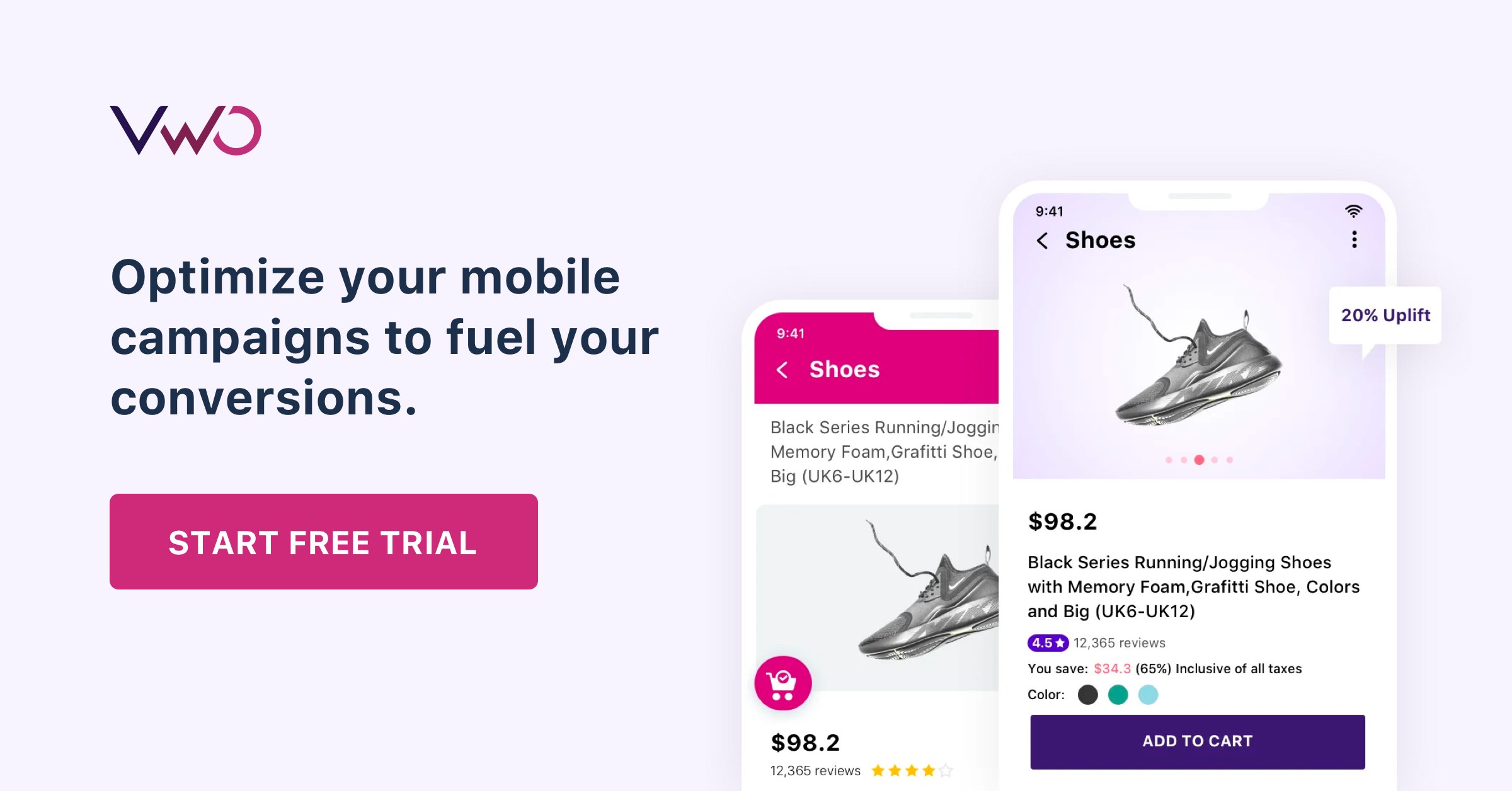
The Ultimate Overview to Mobile Optimization: Methods for Enhancing Site Efficiency on Smartphones and Tablets
The methods for improving web site performance on mobile platforms go beyond mere adaptation; they incorporate a detailed approach that involves responsive layout, rate optimization, content approaches, and individual experience enhancements. By delving into the details of mobile optimization, companies can not just meet individual expectations however also remain ahead in an affordable electronic landscape.
Significance of Mobile Optimization
Mobile optimization plays a critical function in enhancing customer experience and driving conversion rates in the ever-evolving digital landscape. With the raising use of smart devices and tablets for searching the internet, making certain that websites are enhanced for mobile phones has actually ended up being critical for services - Mobile Optimization. A mobile-optimized internet site not just adapts perfectly to different screen sizes but additionally lots quickly, providing individuals with a smooth and satisfying surfing experience
In today's hectic world, users expect instant accessibility to details on the go. An internet site that is not enhanced for smart phones dangers losing prospective clients because of reduce packing times or a bad interface. By buying mobile optimization, services can deal with the demands of their mobile audience, causing higher engagement and enhanced conversions.
Furthermore, internet search engine like Google focus on mobile-friendly web sites in their rankings, making mobile optimization necessary for improving presence and bring in natural web traffic. Mobile Optimization. On the whole, the relevance of mobile optimization can not be overemphasized, as it straight affects customer satisfaction, conversion prices, and total business success in the electronic world
Responsive Design Techniques
Carrying out receptive style methods ensures that internet sites dynamically readjust their layout and material based upon the user's gadget screen size, giving a constant customer experience across various systems. One of the most common techniques made use of in responsive design is developing fluid grids that enable material to resize proportionally to the screen size. This makes sure that components on the webpage preserve their loved one spacing and setup, maximizing the viewing experience for individuals on different devices.
Furthermore, making use of versatile images that can scale with the dimension of the viewport helps avoid photos from being cropped or misshaped on smaller screens. CSS media queries play an essential role in receptive style by permitting programmers to use details styles based upon the tool attributes such as display width, elevation, and orientation. By leveraging media questions, internet sites can adapt their layout and design to fit mobile phones, tablets, and desktop computer displays flawlessly.
Integrating receptive layout techniques not only boosts user experience however likewise adds to enhanced internet search engine positions, as internet search engine like Google prioritize mobile-friendly sites in their mobile search results page. By accepting receptive style, sites can cater to the varied demands of individuals accessing content on a variety of devices, eventually driving interaction and conversions.
Rate and Efficiency Optimization

One secret method is optimizing photos and multimedia web content to lower documents sizes without compromising quality. Compressing images, leveraging modern-day picture layouts like WebP, and careless loading offscreen pictures are efficient techniques to quicken load times (Mobile Optimization). Minimizing HTTP requests, leveraging browser caching, and lowering server response times like this are critical steps in boosting efficiency.
Carrying out a content distribution network (CDN) can also substantially improve web site rate by distributing content throughout multiple web servers worldwide, minimizing latency for users accessing the site from various places. Focusing on crucial above-the-fold content and delaying non-essential scripts can better boost perceived efficiency. By focusing on speed and efficiency optimization, websites can provide a smooth and enjoyable user experience on mobile phones.
Mobile-Friendly Material Methods
To optimize web content for mobile gadgets, it is vital to prioritize readability and involvement via calculated formatting and succinct messaging. Mobile-friendly web content approaches involve customizing the discussion of info to fit the smaller displays and on-the-go nature of smartphone and tablet computer users. One vital facet is to ensure that text is conveniently legible without the demand for zooming in, utilizing font sizes that are clear on mobile screens. Additionally, breaking up web content into shorter paragraphs and using bullet factors can help improve readability and make it simpler for customers to consume information promptly.
Incorporating engaging visuals, such as pictures and videos optimized for mobile watching, can additionally enhance the overall individual experience. These visuals must matter, high-grade, and load quickly to prevent customers from shedding passion. Furthermore, incorporating interactive aspects like tests, surveys, or studies can enhance individual interaction and urge active participation.
User Experience Enhancements
Structure on the foundation of mobile-friendly material strategies, enhancing individual experience entails maximizing every touchpoint to make sure seamless interaction and complete satisfaction for mobile users. One important element of enhancing user experience on mobile devices is guaranteeing quick my latest blog post loading times.
Maximizing types for mobile individuals by lessening the number of areas and using auto-fill functions can also boost the general individual experience. By concentrating on these individual experience enhancements, internet sites can efficiently involve and maintain mobile site visitors.
Conclusion
To conclude, mobile optimization is crucial for boosting web site efficiency on mobile phones visit here and tablet computers. By carrying out receptive layout methods, optimizing speed and efficiency, creating mobile-friendly material, and boosting user experience, organizations can efficiently get to and engage with their mobile target market. It is vital for sites to adapt to the enhancing mobile usage patterns in order to remain competitive in the digital landscape.